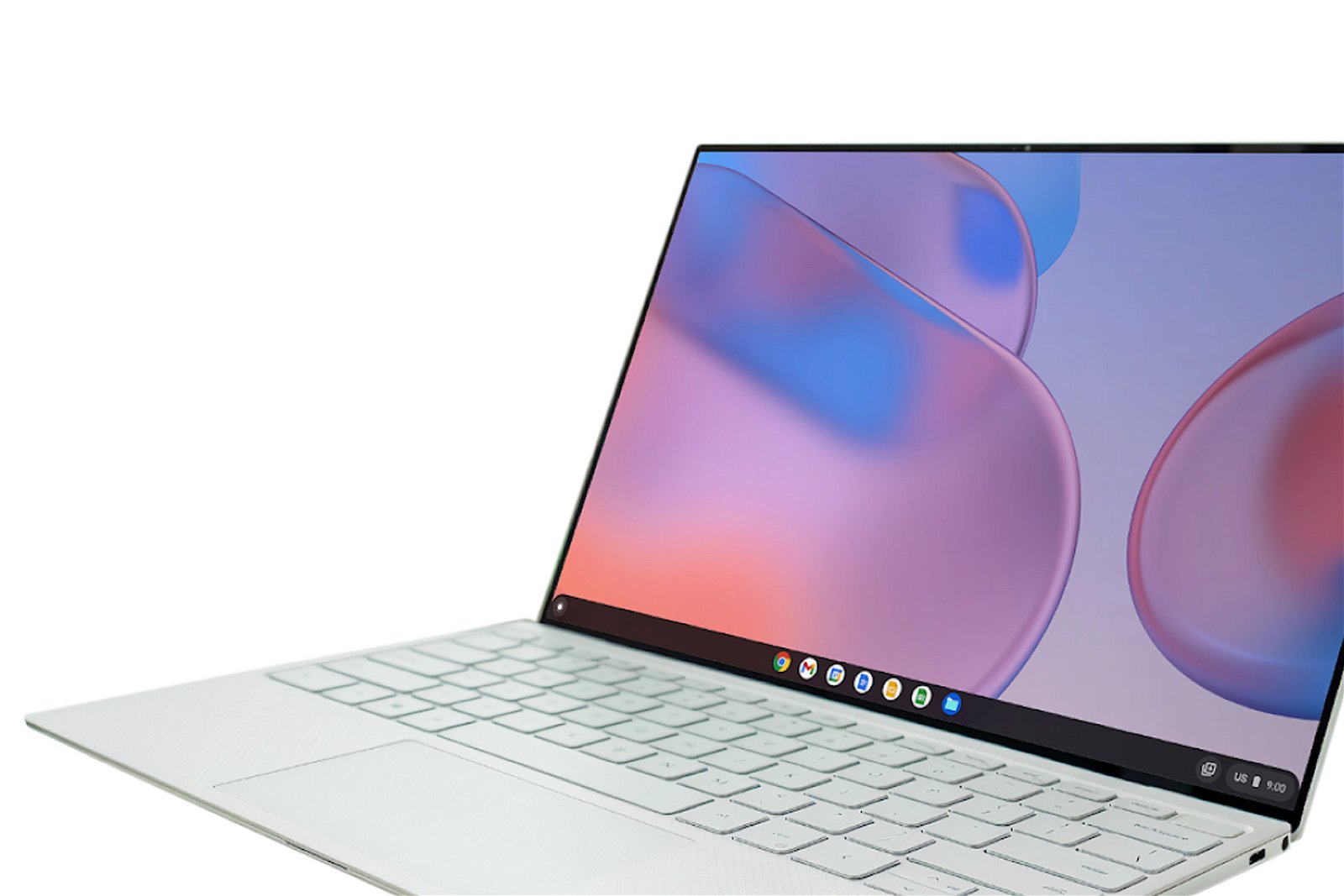Google announced today that Chrome OS Flex is leaving its early stage and entering a stable release. It can be installed on old and new computers turning them into Chromebooks.

Google was released at the beginning of the year the first preview version of Chrome OS Flex, which is a customized version of Chrome OS that can run on traditional PCs (and some older Macs). Starting today, Chrome OS Flex is ready for everyone, stable and free.
Chrome OS Flex is an installable operating system that looks and works just like the Chrome OS software on Chromebooks. There are a few differences, such as missing Google Play Store (so you can't run Android apps), but it's pretty much the same experience as using a Chromebook.
Google is promoting Chrome OS Flex to large companies and organizations as it offers most of the benefits των Chromebook (ειδικά όσον αφορά την better safety and the remote one management) without spending money on replacing the operating systems on countless laptop and desktop machines.
Chrome OS Flex is also available for download and personal use, which can be a great alternative to Windows or Linux for older computers.
Compatibility is still an issue with Chrome OS Flex, but Google has now certify more than 400 devices, so you can see if the software will work with your computer before you try it.
Some of the computers successfully tested are MacBook Pro Mid-2012, 2018 ASUS Vivobook Flip 14, and Dell XPS 13 9300. Chrome OS Flex can also be run from a bootable USB drive without any prior installation, such as more desktop Linux distributions.
The minimum requirements for a computer are as follows:
- 64-bit Intel or AMD CPU
- Four gigabytes of RAM
- A 16 gigabyte USB drive
- Support to boot from USB
- Administrator access to BIOS/UEFI settings
- An internet connection
Google previously said that anyone running the early CloudReady OS would automatically upgrade to Flex once it hit a stable release, so if you're one of those users expect that to happen soon. You can try Chrome OS Flex on your own computer by visiting the Google website.
Alternatively and in order not to bother with the process that Google requires to download the bin file for the usb stick, you can download straight from here. Make it click to “103” which corresponds to the latest stable version, and put the downloaded file on a usb stick with Rufus.





